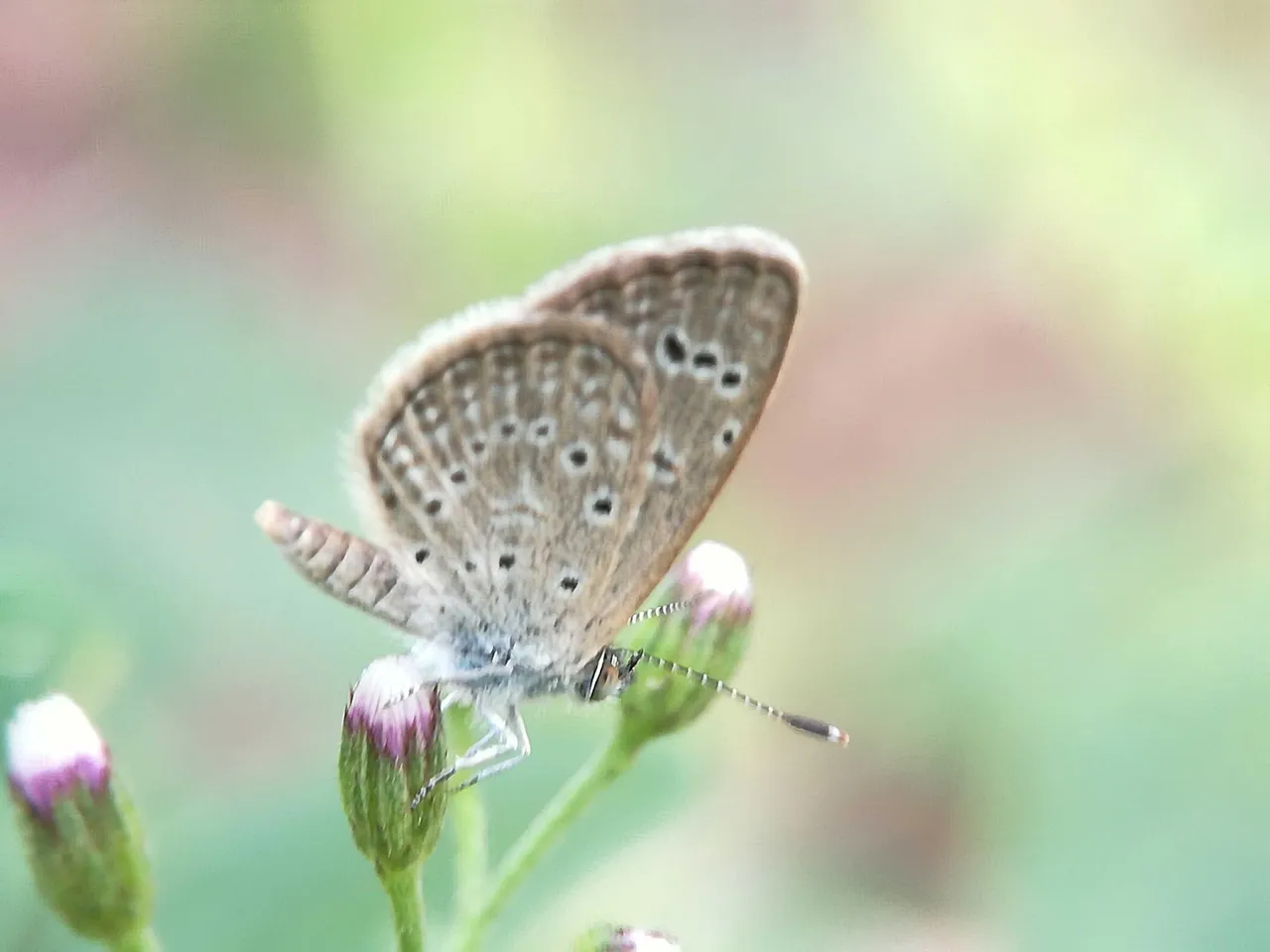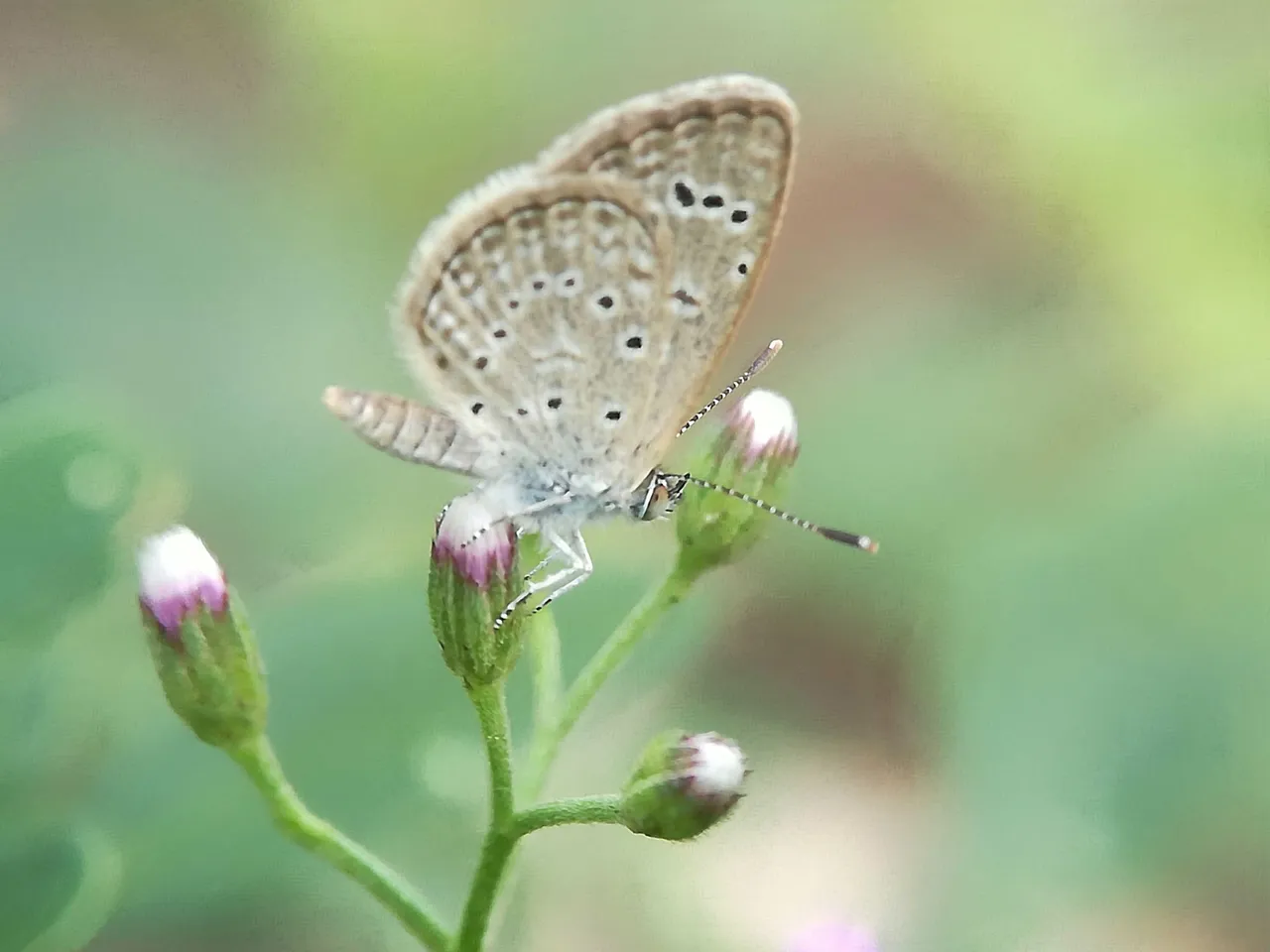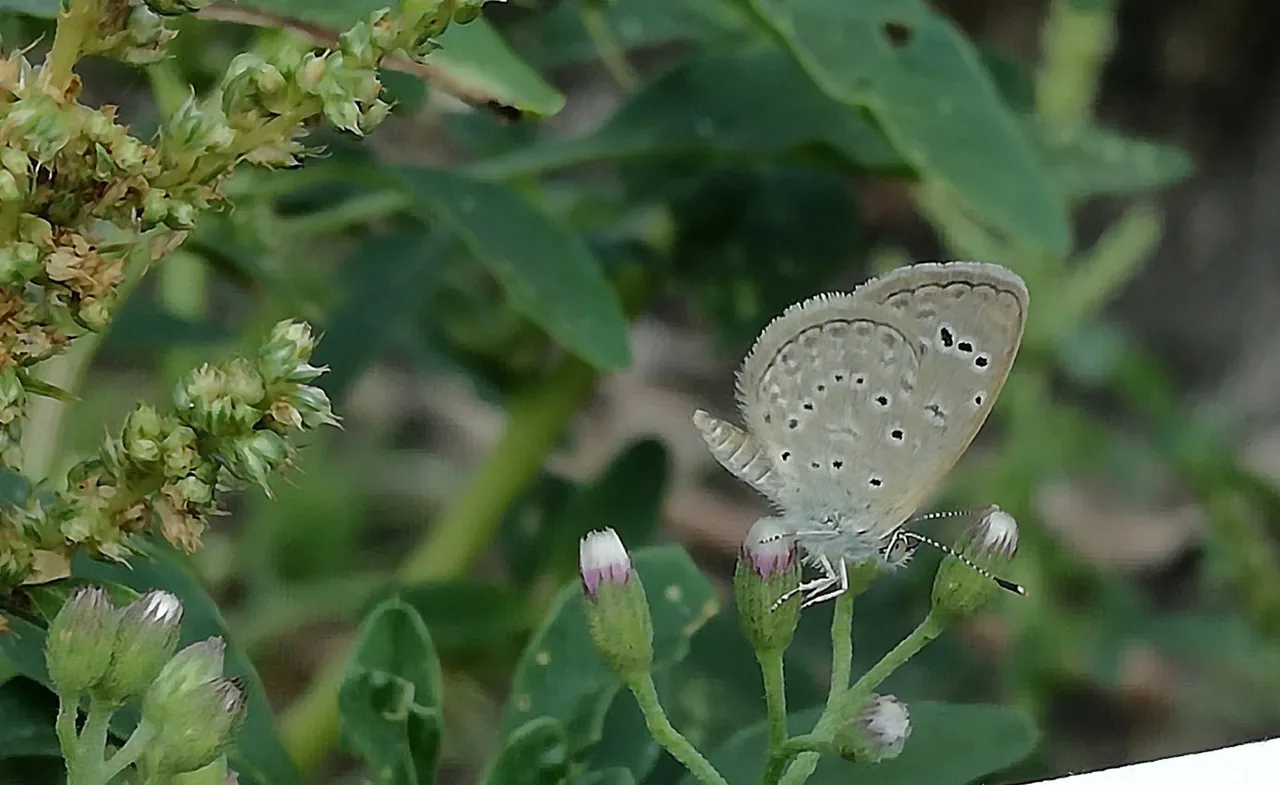
This one living thing is widely known for its beauty. In fact, not infrequently young children like butterflies because of his interest in the color that is on the butterfly wings. Although a butterfly comes from a caterpillar that does not like many people but can turn into a beautiful and interesting living creature. But, from this one animal, it has some uniqueness that you may not know.


The largest butterfly has a 28cm long stretch. While on the smallest butterfly the wingspan is not more than 1.5cm. Butterfly eyes have thousands of hexagonal lenses that make the butterfly's vision very sharp.
The taste receptor at the butterfly's feet helps him find the host plant and track his food. A female butterfly lands on different plants, wiggling its leaves with its feet to make the plant release its "juice". The tissue behind the legs has chemoreceptors that detect suitable plant chemical pairs. When he identifies the right plant, he will lay eggs. A butterfly will also step on its food, using an organ that can feel the sugar dissolves to taste food sources such as ripe fruit.
Speaking of the butterfly diet, adult butterflies only eat fluids, usually nectar. The portion of the mouth is modified to be able to drink, but they are not able to chew solid food. A proboscis / trunk that acts as a drinking straw, curls beneath the butterfly's chin until it finds a source of nectar, or other liquid nutrients. He will then stretch out the tubular structure to suck his food.
Butterflies need ideal body temperature around 30ºC to fly. Since they are cold-blooded animals, they can not control their own body temperature. The temperature of the air around it has a big impact on their body's ability to function. If the air temperature falls below 13ºC, butterflies can not move, can not escape from predators as well. When the air temperature ranges at 28 º-38 º C, butterflies can fly easily. A cold day obliges the butterfly to warm up to its flying authority, either by shaking or bathed in sunlight. Even sun-loving butterflies can also be overheated if the temperature is above 38ºC, which will make them look for a cool place to cool down.
In a cocoon, a growing butterfly waits to hatch with its wings covering its body. When he came out of his cocoon, he welcomed the world with wilted, crumpled wings. The butterfly must immediately pump the body fluid into the wing vein to expand it. When the wings reach full size, the butterfly must rest for several hours to let the body dry and harden before flying for the first time. So, what you often see in the music video or movie clip is wrong, butterflies can not fly when hatched from the cocoon.
Once he came out of the cocoon as an adult butterfly, a butterfly had only a few weeks to live. Throughout this time, he will focus his energies on two things: eating and mating. Some of the smallest butterflies, which are blue, can last only a few days. Long-lived mature butterflies, such as monarchs or mourning cloaks, can live up to 9 months.
Butterflies are in a very low position in the food chain, many predators are ready to target them. Some butterflies fold their wings to camouflage disguise themselves with nature, some also having the same color as the surrounding nature. While there are other species that use opposite strategies, their wings are made very bright and striking to announce their existence. Super-bright colored insects are usually considered toxic by predators so they are avoided, this is the strategy they use. Most of the butterflies are not poisonous, but they imitate other insects known toxic.